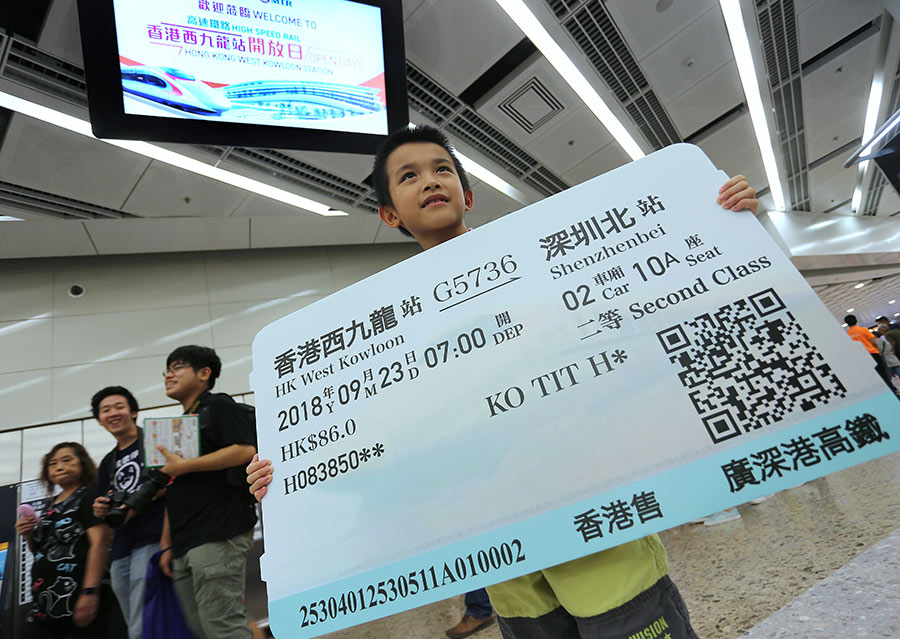Fast track to Bay Area integration

Not just about money

Although bringing significant social benefits, the massive rail project has long been challenged by skeptics. The cost of the Hong Kong section of the XRL was about HK$84.42 billion (US$ 10.75 billion). This has raised questions about the link's profitability.
According to the Hong Kong Transport and Housing Bureau, more than 90 percent of direct economic benefits from the city's section will come from cost savings resulting from shorter commuting times.
It is estimated that, over 50 years, the Hong Kong section could save passengers about 39 million hours of journey time per year on average, saving HK$88 billion.
Estimates also show the operating margin of the Hong Kong section will reach 53.4 percent by 2031. An operating margin is a ratio used to measure how well a company controls its costs, and is calculated by dividing operating income by net sales, and expressing it as a percentage.
Gerald Ollivier, transport cluster leader of the World Bank, said: "Since this particular line is built underground, its capital cost per kilometer is substantially higher than traditional high-speed rail lines. Accordingly, a high operating margin will be required to cover this cost."
Hong Kong's Secretary for Transport and Housing, Frank Chan Fan, said the aim of the city government's investment in the XRL is to facilitate the flow of cross-boundary travelers, and to promote regional economic growth, rather than simply focusing on profitability.
Carlos Casanova, an economist and strategist on China and other Asian countries at Coface, a global credit insurance and risk assessment company, said the XRL is more about the long-term economic transformation within the Bay Area.
He said the link will significantly boost the frequency of exchanges among people from the manufacturing industry in Guangdong cities such as Dongguan, Foshan and Huizhou, the technology sector in Shenzhen and the financial services industry in Hong Kong.
Witman Hung Wai-man, a Hong Kong deputy to the National People's Congress, the country's top legislature, hopes the SAR government can subsidize the MTR Corp, to enable more discounts such as monthly passes or seasonal passes for young cross-boundary commuters.
Hung, also Hong Kong's chief liaison officer at the Shenzhen Qianhai Authority, a joint modern service industry cooperation zone, said the subsidy would account for a small proportion of the government budget, but could encourage more people to live or work on the mainland, and ease living pressure in Hong Kong, especially for young people.
The city has been the world's least-affordable housing market for eight consecutive years, according to the latest study by Demographia, an urban planning policy consultancy, in its annual report in January.
The study found the median price of a home in Hong Kong was 19.4 times the median annual pre-tax household income for last year, up from 18.1 times in the previous study.
Luis Liu contributed to the story.


















